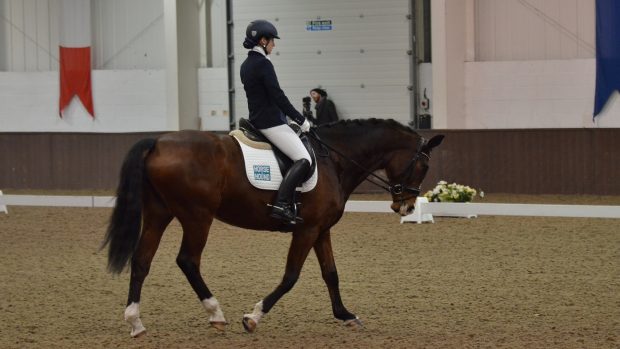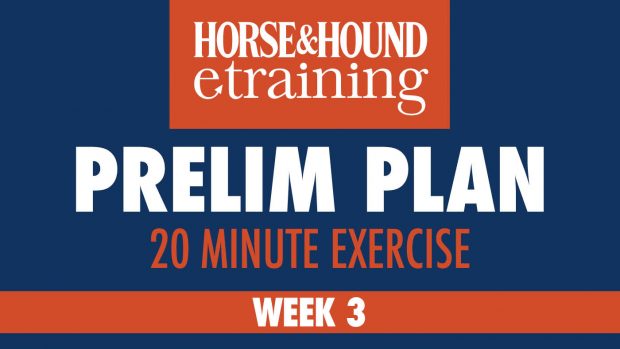Transitions are a super-important training tool. Obviously they are used frequently and they can aid strength and your horse’s understanding of your aids. Here we explain what you need to think about before in order to nail your transitions.
Rhythm
Establish a good even rhythm within your original pace and maintain it before your transition and all of the way through it.
Balance
Often a half-halt can be a very useful tool in downwards transitions to help warn your horse what is coming and to re-balance him if necessary. It is your job as the rider to stay in balance with your horse throughout the transition too. If you are unbalanced, your horse will be too.
Aids
To achieve a perfect transition your horse needs to be bang on your aids. When you say ‘go’ with your leg, your horse needs to respond instantly. Equally if you say ‘woah’ with your body, your horse needs to sit and collect as required without being abrupt. If your horse doesn’t listen to you, don’t get cross with him, but go back and repeat the exercise again until he responds on your aid.
Don’t do too much
It is important that you don’t over-ride transitions. Do as much as you need to but don’t ‘carry’ your horse through the movement — they need to take some responsibility for the transition too.
Contact
It is important that throughout your training sessions, your rein contact remains constant and soft. Your hand should never be restrictive and it is recommended that when your horse does as you ask, give him a quick little pat with your inside rein, without actually taking your hand off the rein as a reward. You shouldn’t pat your horse with your outside rein if doing this as this rein is there to support your horse.
Horse & Hound magazine, out every Thursday, is packed with all the latest news and reports, as well as interviews, specials, nostalgia, vet and training advice. Find out more about getting the magazine delivered to your door every week.




